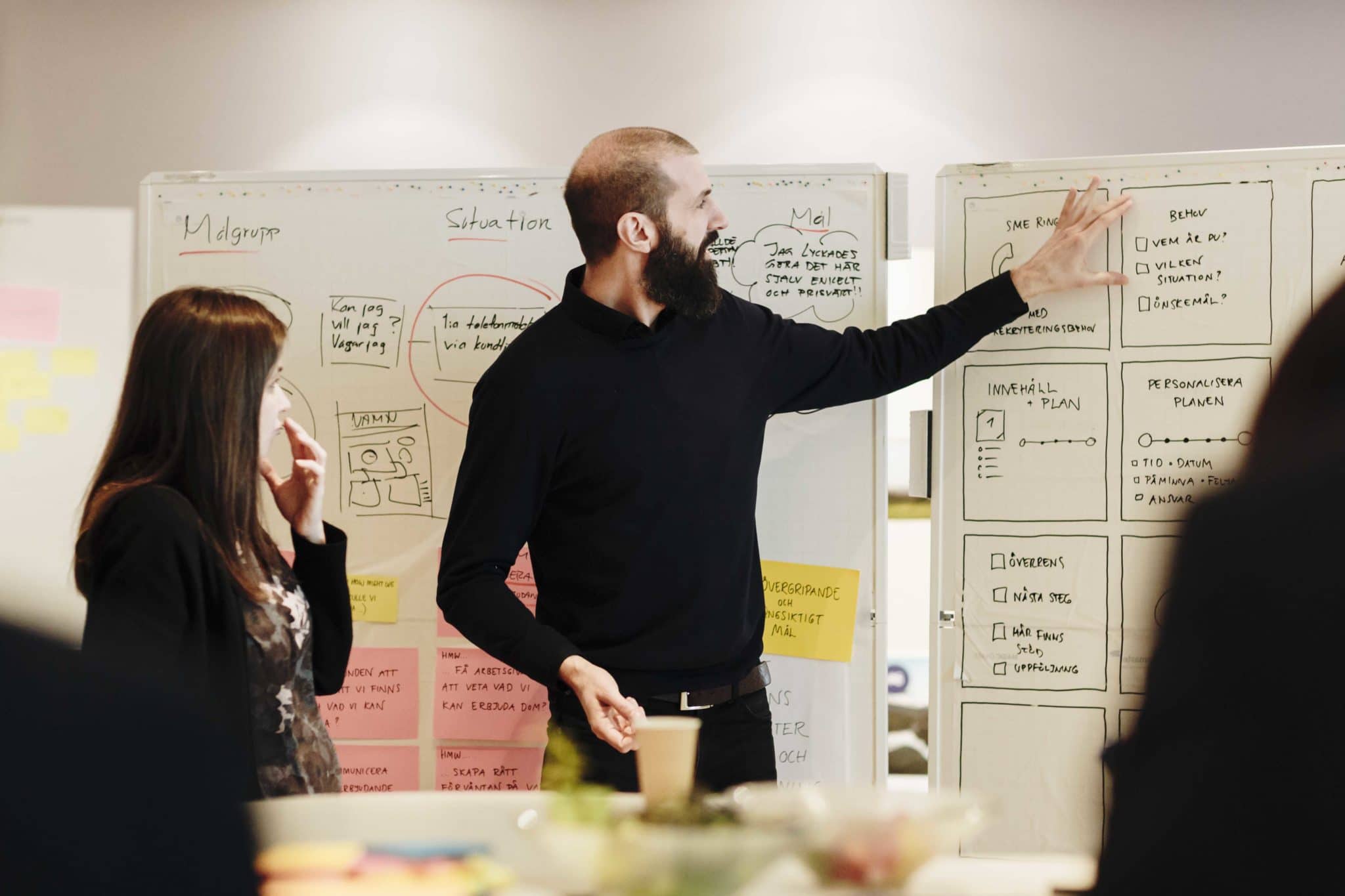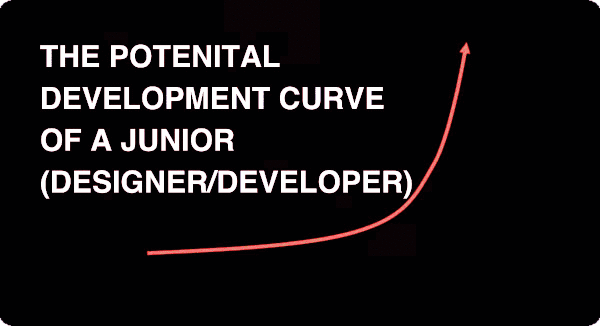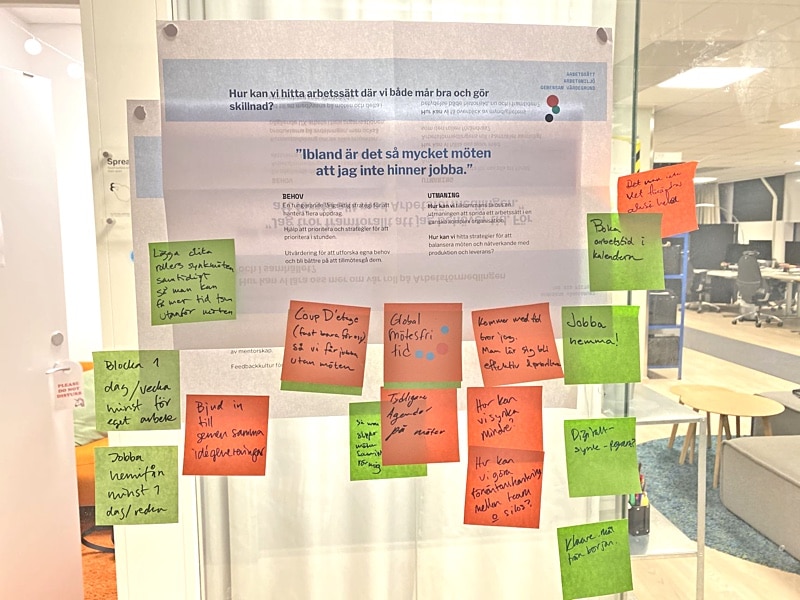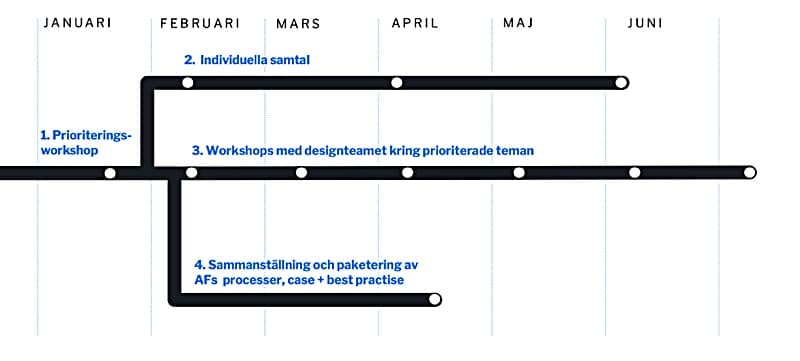
Accelerate your customer-driven innovation
Mentoring based on design thinking
Nowadays, most industries are focusing on things like UX and service design, customer-driven development and digitalisation. This is a natural consequence of an age in which technology is developing rapidly, the technical infrastructure is continually being modernised, and technical and economic bottlenecks are gradually being eliminated. At the same time, fast access to information is increasing, and thus consumers can easily compare the CX when buying services and products, not only among competing businesses, but across industries. Today, comparisons and expectations have no boundaries.
When Daresay was founded in 2008, the focus on such issues was completely different. In just twelve years, our craft has gone from being nice-to-have to being a hygiene factor. Companies are digitising rapidly and have put the UX high on the agenda. Needless to say, we think this is a positive development, but it also creates new challenges.
One trend, for example, is that larger companies and organisations are increasingly wanting to build their own in-house design teams, either to replace consultants altogether or to handle the strategic design issues while hiring consultants when needed. For those who have been given the task of driving change in the form of digitalisation, innovation or implementing a customer-driven approach, almost always one or more of the following problems will arise:
- Difficulties in recruiting: The demand for designers and developers is significantly higher than the supply.
- Difficulties in building a team: The lack of senior designers and developers makes it difficult to build a team by training and mentoring new graduates.
- Difficulties in retaining employees: The company’s inexperience and the lack of a structured way of working with UX and design methods can often make junior designers unsettled and confused. Then, because they are sought after in the labour market, companies risk losing them after spending time and money on training.

Sometimes the challenge is at management level, since many business leaders are still not used to being design- and customer-driven. They usually have some basic knowledge of how to get there, plus the curiosity and sometimes even a strong will to change, but they commonly lack both the experience and the confidence to use and optimise these powerful approaches.
Further, they may not understand what changes they need to make to their organisation’s governance to provide the right soil for the new way of working to grow and thrive. Sometimes, major changes in infrastructure and staff are required, but just as often small operational or psychological steps also need to be taken.
The solution: design mentors
One solution we offer at both management and employee level is mentoring. Our senior designers, business area managers and developers can act as mentors to people within an organisation.
Our mentoring program is a structured process based on design thinking and self-leadership. Our mentors have extensive experience as designers and team leaders. They have worked on many projects, each of which has enhanced their knowledge and experience of helping private actors and government agencies. They use Daresay’s tools and processes to work in a structured way when developing an organisation and when holding individual sessions with designers.
Each mentorship program is designed according to the client’s needs, and will look different for management and employee levels, but usually incorporate the following activities:
Inspire and educate
Through workshops or lectures, we can very quickly inspire a group to adopt new ways of working. We show them the right tools and methodology to use and at the same time, we inspire them and give them new energy.
Customise and implement tools and processes
Through sessions based on tools from our Teamwork Kit, we can map a person’s or a group’s aptitude, and then we work systematically with them to drive their development. Daresay’s Teamwork Kit is based on, among other things, Google’s research into effective teams. The kit quickly enables us to create teams that can perform at the level expected of them. An important part of the Teamwork Kit is building a feedback culture, which accelerates personal development.
Support through coaching and individual sessions
Individual sessions focus on the role of a professional, such as what it means to be a designer, and advice on tools, methods and approaches. The talks cover general aspects of being a professional, including managing requirements and holding meetings. They also teach the designer to see and understand their own needs.
Compile, improve and package design processes and tools
We review your existing design processes and make them more accessible to your designers to ensure quality and traceability. If necessary, we can supplement or adjust the content.
Mentoring case study: Arbetsförmedlingen
We are running a mentoring program for Arbetsförmedlingen (the Swedish Public Employment Service), one of our clients. Phase 1 of the program was implemented in the fall of 2019 and phase 2 is currently underway in the spring of 2020.
Background
Arbetsförmedlingen was about to phase out its UX consultants. It had an in-house team of seven dedicated designers, mainly junior designers. The manager’s challenge was:
What do my designers need to develop quickly, feel good at work and make the most of the organisation?
Phase 1: Mapping and possible solutions
By holding interviews with the team based on templates from the Teamwork Kit, we explored their professional profiles, context and work processes. Each designer was interviewed individually so that we could identify, for example, what needs, challenges and goals they had for the coming year. Together, we created a team map showing all the stakeholders and a customer journey template mapped to their work processes.
We clustered the overall needs in an analysis done at group level. Based on these needs, we identified issues and challenges that were then discussed in a workshop with the entire team, during which we jointly developed solutions.

By combining the interviews with sessions on design methodology, the project was supportive, inspiring and educational for the group. We provided the manager with an overview of the group’s needs, and based on the overall picture of the group’s starting position and needs, we then created a proposal for phase 2.
Phase 2: Training and implementation
During phase 2, which is currently ongoing and lasts for six months, we will organise educational workshops with the design team and conduct individual coaching sessions. Both the talks and the training will be run by two senior service and UX designers from Daresay, who both have a long and broad experience.

The activities are based on the needs of the group as identified in the first phase. In addition to individual sessions and the workshops, we will hold lectures and run a project to identify existing customer-centred processes at Arbetsförmedlingen so that we can incorporate them into the group’s approaches.